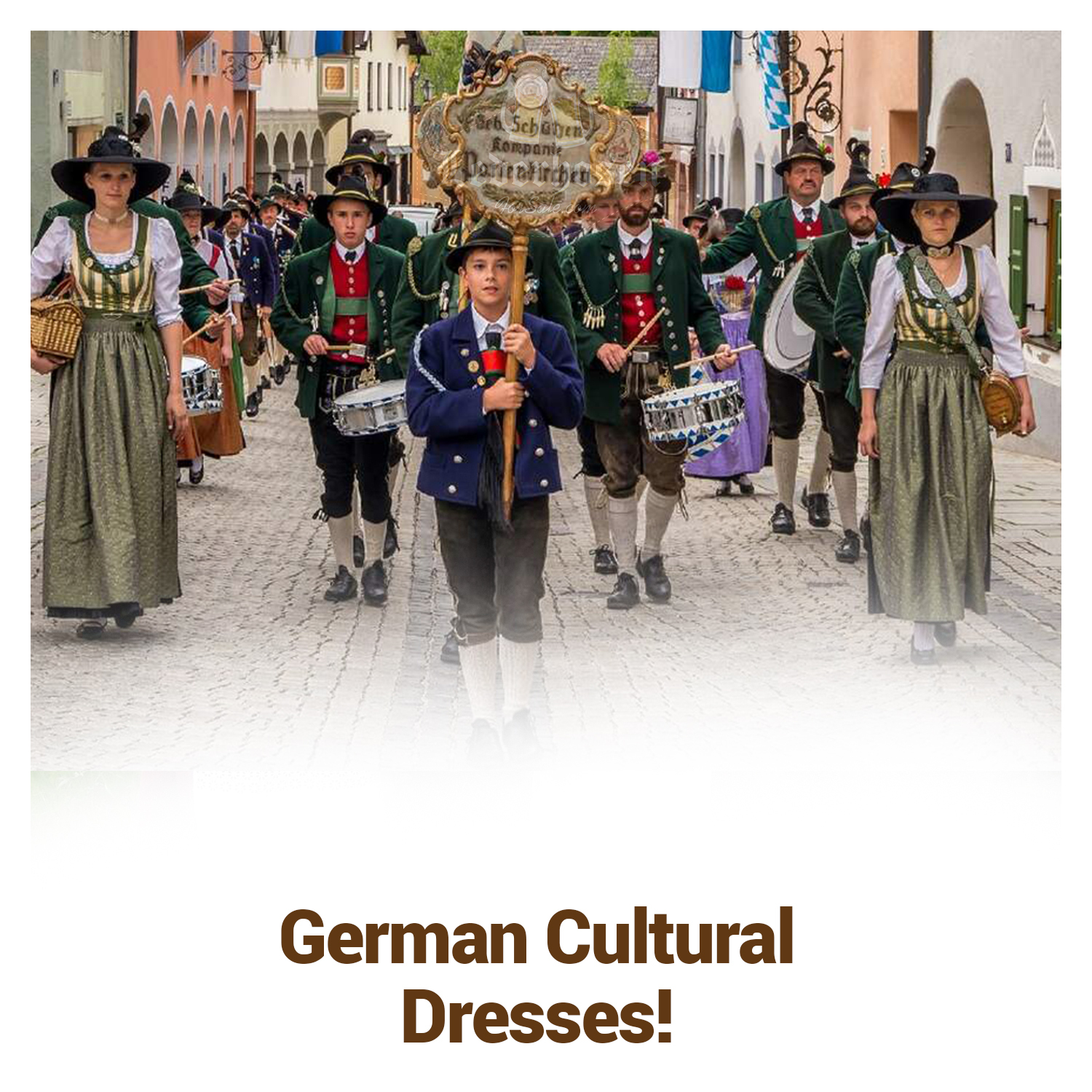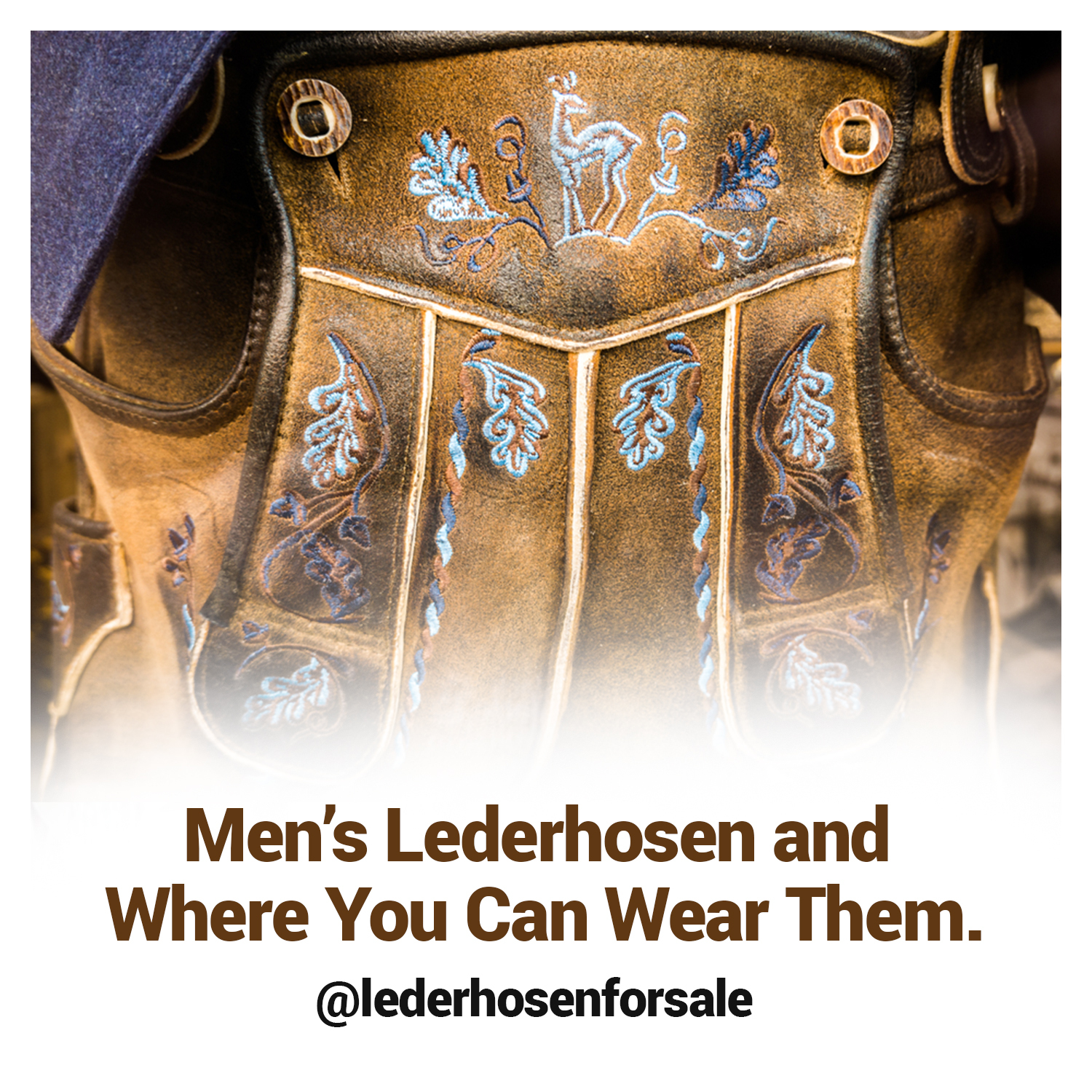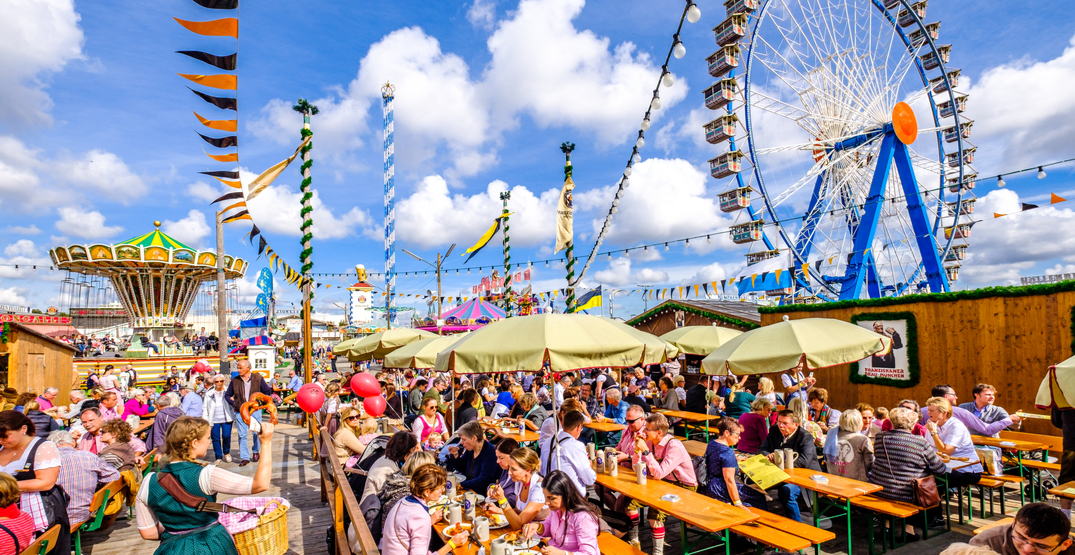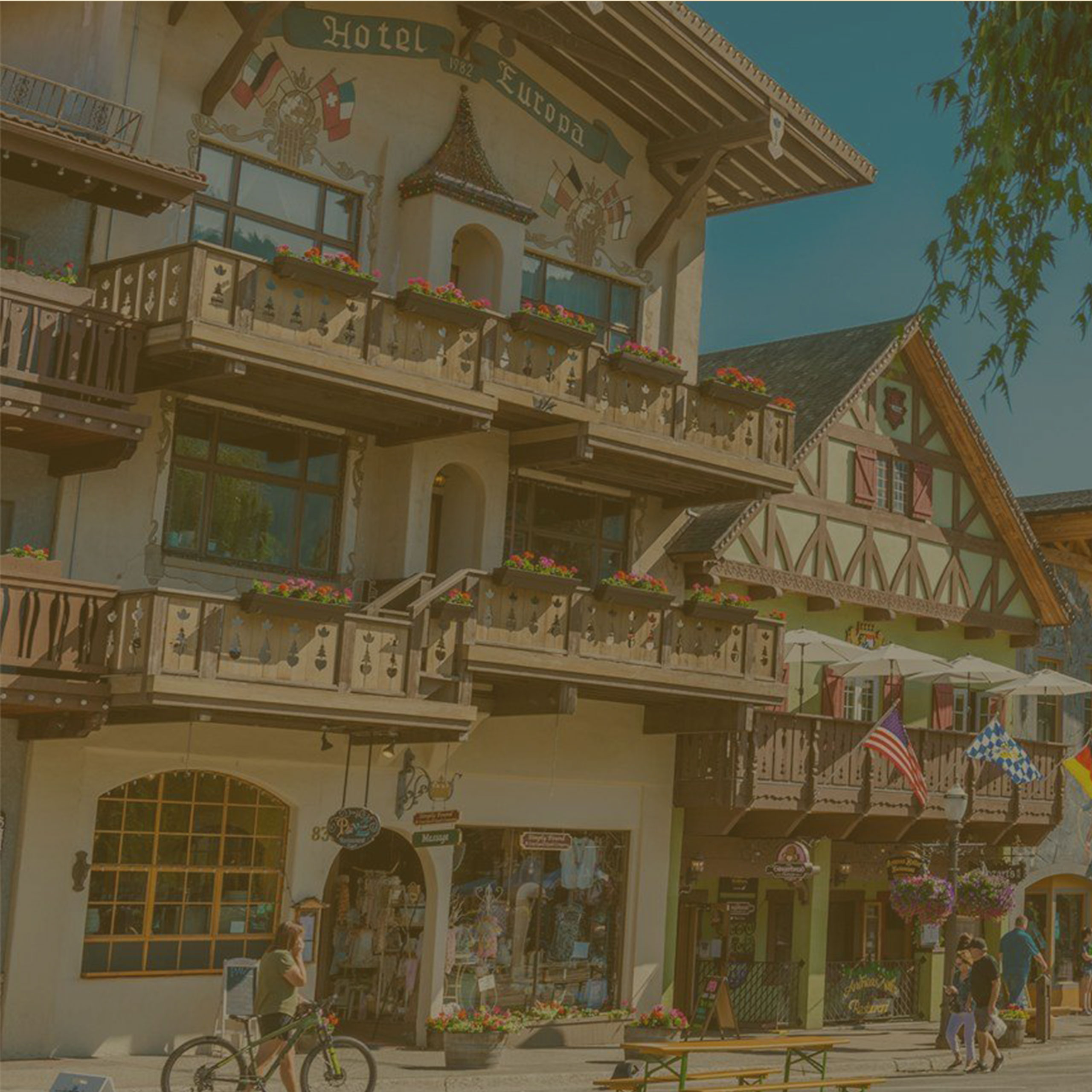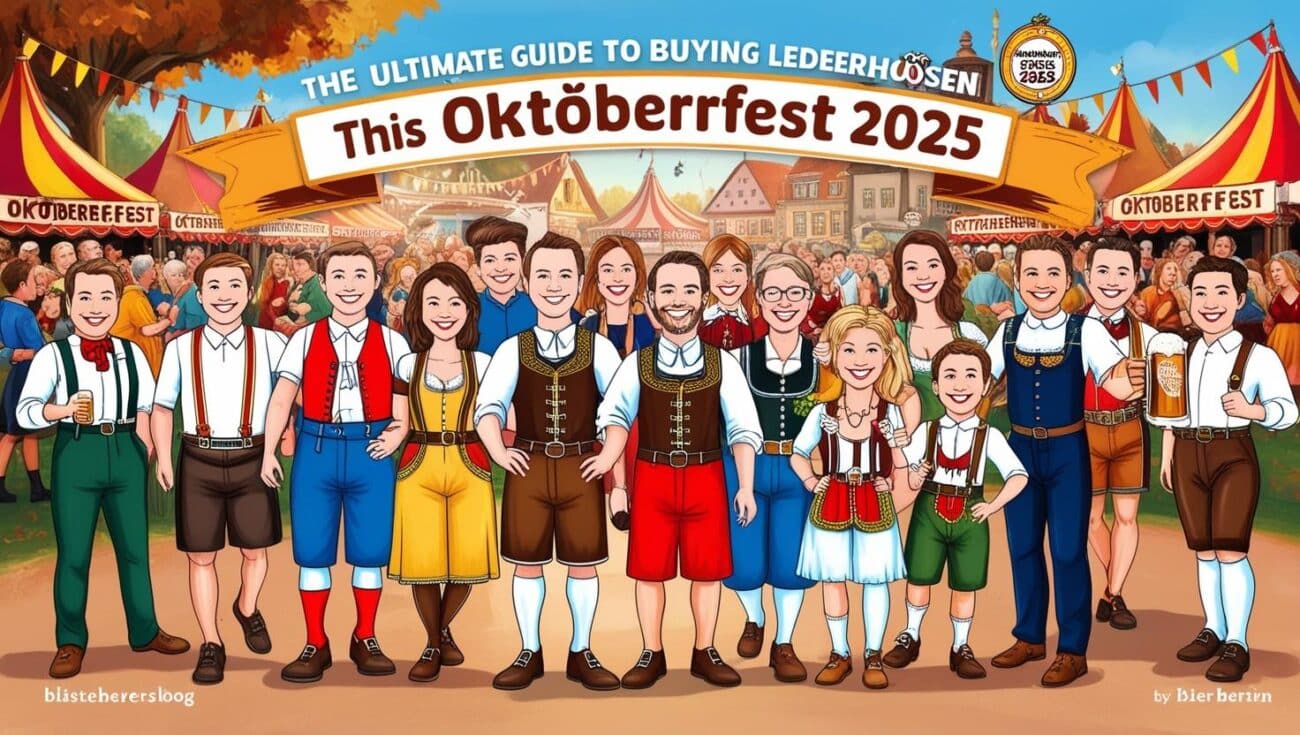Traditional German clothing or also known as a ‘tracht’, is worn in German-speaking countries and regions. It is directly in English to ‘what is worn’. The latter is most commonly associated with Bavarian, Austrian, and Swiss regions but holds significance in most parts of Europe. German lederhosen is the most common among all and one of the oldest outfits of its time.
Types of Trachts
Primarily the ‘friesische tracht’ and ‘finkenwerder’ tracht orginated from Nothern Germany. The friesische tracht is decorated with beads and embroidery representing the upper or richer class of Europe. It was also part of the dowry brought by women back in the day when dowry was a thing in Europe. The finkenwerder is a traditional garment worn by islanders and folklore groups.
German Menswear
Lederhosen
Or its singular form lederhosen directly translates to ‘leather breeches’ in English. They are short or knee-length breeches worn as traditional clothing in German-speaking countries and Bavarian communities all across Europe. Trachts were most commonly worn by Bavarian and Tyrol communities.
Purpose
Lederhosen was worn for tough working conditions in terms of geographic location and working conditions. Leather is more durable than ordinary fabric, which makes it easier to clean and withstand harsh temperatures in places such as the mountainous Alps.
Popularity
Its popularity dropped around the 19th Century as classism increased and these leather breeches were known to be worn by ‘peasants’. Hence, it did not meet the likes of modern city dwellers who preferred more modern and delicate attires.
In the late 19th Century, clubs and associations were found to preserve Bavarian culture and heritage which included the promotion of wearing lederhosen. Nowadays, you will find many foreigners rocking the leather breeches as they go to attend one of Germany’s many seasonal festivals.
German Womenswear
Dirndl
The dirndl is a German-speaking female’s attire. It is commonly worn by girls and women of Bavaria, Austria, Switzerland, and the Alpine regions of Italy. It consists of a blouse, knee-length skirt, and tight bodice like an apron. The dress as a whole is known as a dirndl.
In Germany, the term can also be referred to as a girl, girlfriend, or dress.
Purpose
The various details on the dress tell us about the tribe and social status of women in that region. They come in two forms: one for everyday clothing made of dull colors and sometimes leather material; and the other for more formal occasions such as weddings or celebrations which consist of brighter colors and more intricate embroideries on the skirt.
Paired with the dress, you can wear handcrafted necklaces, earrings, chains, and other jewelry.
The positioning of the knot on the apron tells us whether the woman is single, married, engaged, or widowed. This is one of the reasons why they are still worn on festive occasions.
Popularity
German dirndl developed as a piece of clothing for the lower working class or peasant girls between the 16th and 18th Centuries. However, it is worn for more traditional and cultural reasons today, owing to the contribution the German working class has made to Bavarian culture and heritage.
In the 19th Century, dirndl became popular among the upper and middle classes as a fashion trend due to its beautiful shades and intricate hand embroidery.

